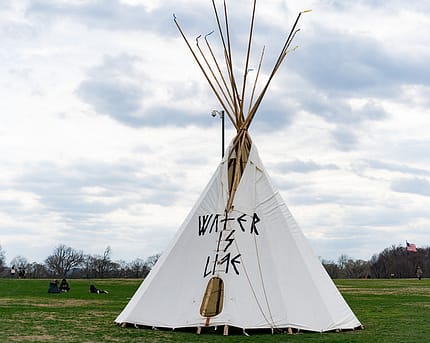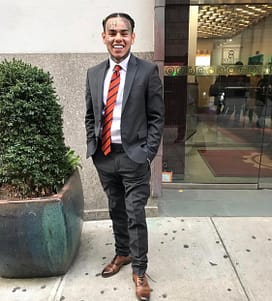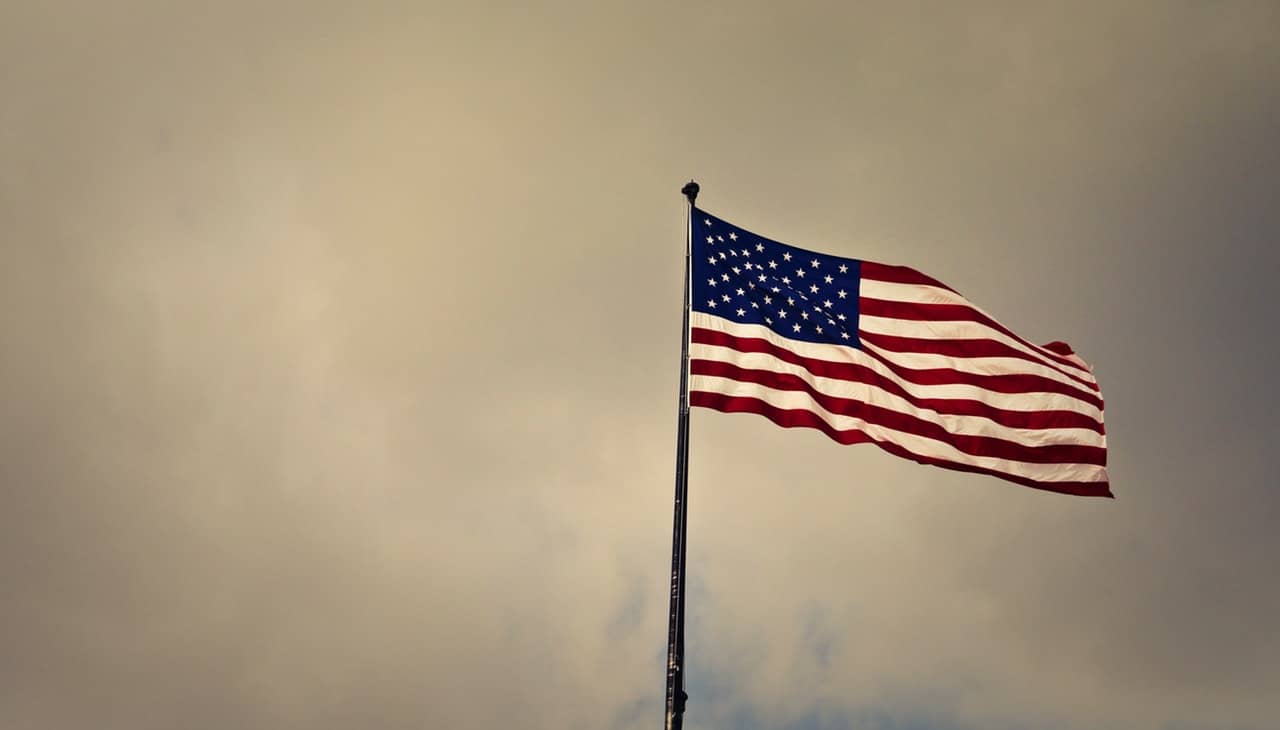[dropcap]I[/dropcap]n 1955, Emmett Till, a black 14-year-old boy in Money, Mississippi was killed after reportedly flirting with a white woman. Emmett was standing outside a general store when he told some friends that he had a white girlfriend back home in Chicago, Illinois. He was then dared to ask the white woman behind the counter on a date, out of incredulity. So naturally, he went into the store. He bought some candy, and called out, “hey, baby” to the woman on his way out. The woman later insisted that Emmett had sexually harassed her – both physically and verbally. The woman’s husband and his brother-in-law had found out what allegedly happened and stormed over to where Emmett was staying and forced him to get in their car. They drove over to Tallahatchie River and demanded him to take off his clothes once they arrived there. The woman’s relatives then severely beat him, gouged his eyes out, shot him in the head, and threw his body – tied to a cotton gin with barbed wire – into the river. Emmett’s disconfigured body was only identifiable by a ring he was wearing with his initials on it. When his case made its way to court, the two men responsible were found “not guilty”. Many decades later, the very same woman who accused Emmett of sexually harassing her, confessed that he did not actually do anything of the sort.
Although the Pledge of Allegiance states that the U.S stands for “liberty and justice for all,” that only applies to a select few. Typically, the people who actually receive justice are privileged and fall into one of the following categories: rich, straight, or white. People who are not these things oftentimes do not receive the same justice that other, more privileged people do. Emmett Till was one of those underprivileged people.
His story is just one of many injustices that have happened and continue to happen in America.
Police Brutality
According to The Washington Post, African-Americans are 2.5 times more likely to be shot and killed by police than white people. However, this isn’t because black people are more dangerous or commit the most crimes; white people hold that title.
One of many examples of the injustice the black community are currently facing is the case of Philando Castile. According to CNN, Philando Castile was driving with his girlfriend and her daughter in 2016, when he was pulled over because one of his brake lights were out. The officer asked to see Castile’s ID so before he pulled it out, he kindly warned officer Yanez that he had his gun on him. The officer told him not to pull it out and Castile reassured him that he was not taking out his gun, but instead reaching for his license. Officer Yanez then proceeded to shoot Castile multiple times, leaving him dead.
Philando Castile was murdered after getting pulled over for a busted tail light. If the officer had not shot him, Castile probably would have gotten off with a warning or a ticket. Police brutality destroys black people’s lives. Many become terrified that what happened to Castile and others like him, might happen to them. Outside the courthouse where officer Yanez was acquitted, Castile’s mother expressed her disappointment: “The system in this country continues to fail black people and will continue to fail us.”
[perfectpullquote align=”left” bordertop=”false” cite=”” link=”” color=”” class=”” size=””]“The system in this country continues to fail black people and will continue to fail us.”[/perfectpullquote]
Some argue that the officer was scared that Castile was going to take his gun out and shoot him, justifying what officer Yanez did. But police officers are supposed to diffuse a situation. What officer Yanez did did not diffuse the situation but instead made it much worse. Officer Yanez should have waited to see if Castile would pull out his gun and then if he did, use words to try and get him to put it away. Officer Yanez did not follow police protocol and wound up killing Castile who stated numerous times that he was not reaching for his gun.
Dakota Access Pipeline

this teepee saying “water is life” was set up near the White House to protest the Dakota Access Pipeline. Picture by Victoria Pickering via Flickr
The Atlantic describes the Dakota Access Pipeline (DAPL for short) as an oil-transporting pipeline that runs over 1,800 miles from Illinois to North Dakota. The problem with this is that it runs right underneath Lake Oahe, many Native American tribes only water source. It is very likely that this pipeline will leak, tainting the water and forcing tribes travel elsewhere for clean water. However, it seems the government already knew of this. According to Smithsonian Magazine, the pipeline was originally intended to be underneath the Missouri River near Bismarck, North Dakota. They moved the location over to Lake Oahe due to concerns that the oil would ruin the state capital’s drinking water. Natives in the area have expressed their concerns through protests.
David Archambault II, the chairman of the Standing Rock Sioux Tribe says, “There’s an uneasy feeling that any moment, this pipeline could pose a threat to our way of life. It’s something you have to carry and be wary of all the time, and be ready for”
The U.S government has shown they do not care about the wellbeing of natives as they were fully aware of the fact that the pipeline could leak at any moment and decided that they didn’t want to risk it with Bismarck’s residents but that they would risk it with the Native Americans. This is extremely unjust to the natives at the Standing Rock Sioux reservation who have been disrespected for hundreds of years on their own land. If the pipeline were to leak, which it is likely to do, the natives on that land would be forced to move out of their own land, historically similar to what they have had to do in the past, just to find another water source that settlers have ruined.
Judicial System
The American judicial system often lets offenders off the hook easier than they should be. Offenders who are given a lighter sentence or no sentence is unjust to the person or people that have been traumatized by the offender and gives them opportunity to do it again in the future.

Rapper 6ix9ine outside the courthouse picture: instagram/twitter
One example of this is the recent case of Daniel Hernandez, more commonly known as 6ix9ine. Hernandez confessed that he was involved in making and dispersing a video of a 13-year-old girl having sex with a grown man. Prosecutors asked for a prison sentence of 1 to 3 years but instead he got put on 4 years of probation and 1,000 hours of community service. The justice had only pardoned Hernandez since he had “engaged in acts of unsolicited generosity” and “expressed genuine remorse for his actions.”
Not sentencing Hernandez to prison because of his “generosity” is offensive to the young girl who was manipulated into having sex and others he might have done the same to. The result of what Hernandez did will most likely leave the young girl traumatized for life. Those who have experienced rape, like this girl, are likely to experience strong feelings of shame, guilt, fear, and sadness. For some, these feelings may fade but for others, they stay and develop post-traumatic stress disorder (PTSD); where they may experience nightmares, intrusive thoughts, and memories connected to the traumatic experience.
Other girls may see the results of cases like this one and see it as a reason not to report rape or any other misconduct which leaves even more rapists to roam free. If other pedophiles, rapists, or offenders continue to face lighter sentences for doing simple things like donating money, they will eventually do those sorts of things only to get a lighter sentence when they really have not become a better person or have learned from what they did.
Some might say that Hernandez should not go to prison since the 13-year-old girl consented. But here’s the thing: children cannot consent. Their brains are still developing and cannot fully grasp the idea of what they are saying as they give consent.
How this all ties together
There are many injustices in America and the Pledge of Allegiance just simply isn’t accurate. However, “liberty and justice for all” is definitely something we should strive for as a country. Even though black people make up only 13 percent of the population, they are killed by police far more any other race. The Dakota Access Pipeline still threatens to taint many Native Americans’ only water source while the government continues to ignore it. Only 6 percent of reported rapists get convicted, leaving only that percent of people with justice. We need to work together to stop all of the above injustices from happening so that we finally can have liberty and justice for all.





What do you think?
Show comments / Leave a comment